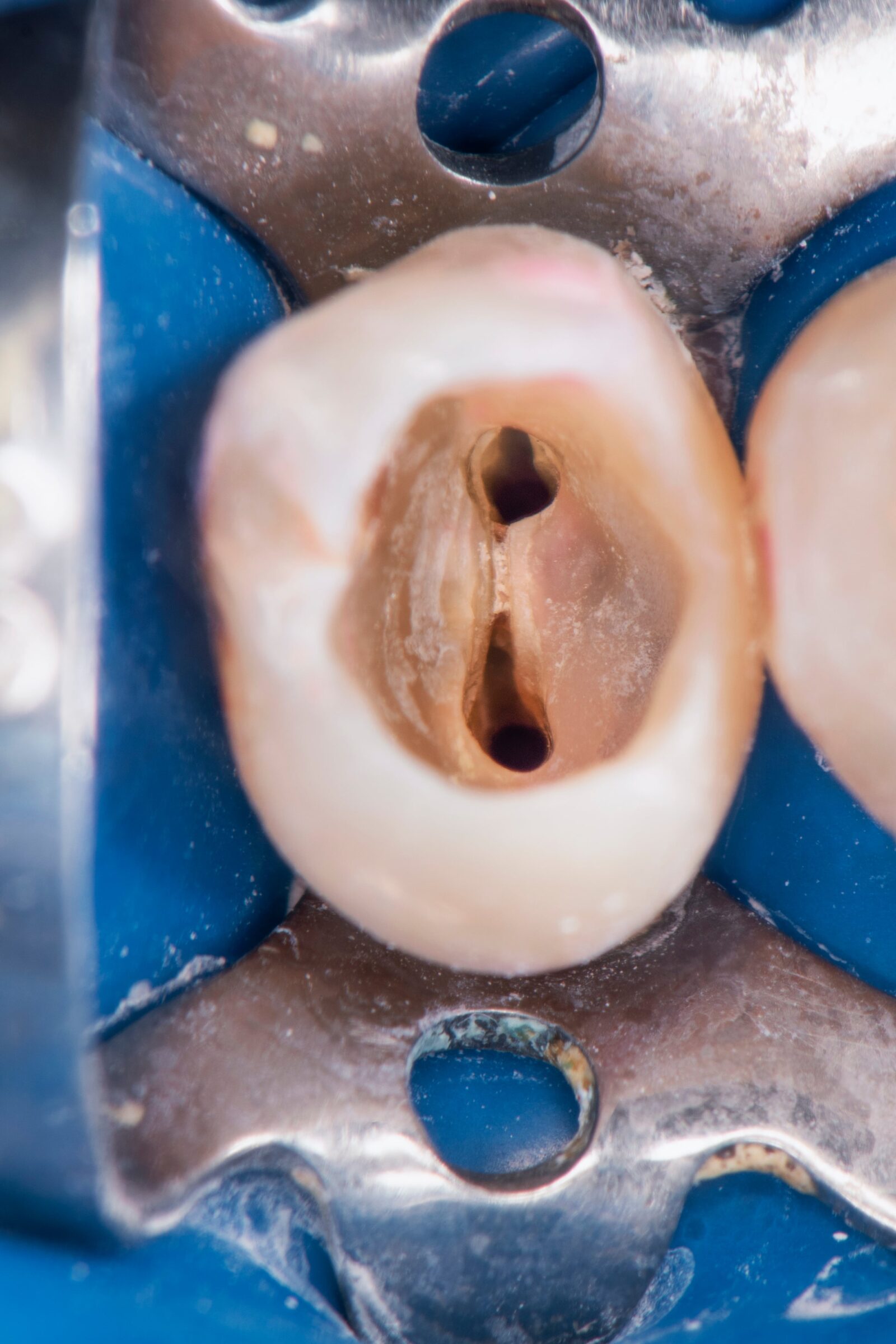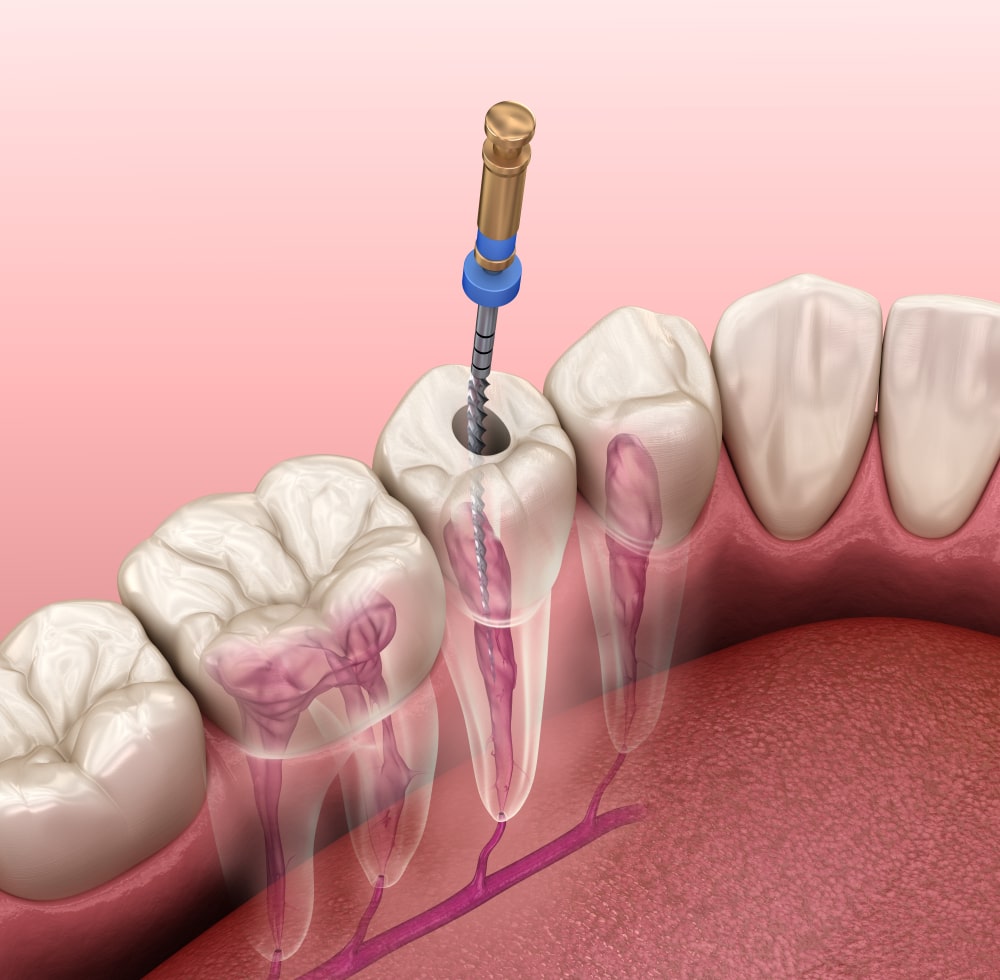When it comes to dental procedures, root canal treatment often carries an air of mystery and fear. However, understanding the step-by-step process of this treatment can demystify it and help alleviate any apprehensions. Root canal treatment is a crucial procedure for saving natural teeth and relieving pain caused by infected or damaged dental pulp. In this blog, we will take you through the various steps involved in root canal treatment, shedding light on each stage to provide you with a comprehensive understanding of the process. By the end, you’ll realize that root canal treatment is a valuable and effective solution for maintaining your oral health.
Understanding the Basics of Root Canal Treatment
To understand why root canal treatment is necessary, it is important to first understand some basic tooth anatomy. Our teeth are composed of three different layers: enamel, dentin, and pulp. The dental pulp, located in the center of our teeth, consists of nerves, blood vessels, and connective tissues. When the pulp becomes infected or damaged due to factors like deep decay, trauma, or cracked teeth, it requires treatment to save the tooth. Root canal treatment involves removing the infected or damaged pulp, disinfecting the canals, and sealing them to prevent reinfection. During root canal treatment, here is what you can expect:
Initial Consultation and Diagnosis
During your initial consultation, your dentist will conduct a comprehensive examination to evaluate the affected tooth’s condition. You may experience symptoms like severe toothache, sensitivity to hot or cold, swelling, or abscess. Diagnostic procedures such as X-rays and pulp vitality tests will help determine the need for root canal treatment and identify the extent of the infection.
Local Anesthesia and Isolation
To ensure your comfort throughout the procedure, your dentist will administer local anesthesia to numb the area surrounding the affected tooth. They will also use a dental dam, a small rubber sheet, to isolate the tooth and create a sterile environment. Isolation helps prevent contamination and enhances the accuracy of the treatment.
Accessing the Pulp Chamber

After the tooth is numbed and isolated, your dentist will use dental drills and files to gain access to the pulp chamber. This step involves removing any decayed tissue and creating an entry point to reach the root canals. Maintaining a sterile environment is crucial during this stage to prevent further infection.
Cleaning and Shaping the Root Canals
The root canal system consists of tiny, intricate canals that house the dental pulp. Your dentist will employ specialized instruments and irrigation solutions to clean and shape the canals thoroughly. This process removes any remaining infected or damaged tissue, ensuring a clean and sterile environment within the tooth.
Filling and Sealing the Canals
Once the canals are cleaned and shaped, your dentist will fill them with a biocompatible material called gutta-percha. Gutta-percha is a natural, biocompatible material commonly used in root canal treatment. It is derived from the sap of trees found in Southeast Asia, primarily the Palaquium gutta tree. Gutta-percha has been widely utilized in dentistry for over a century due to its biocompatibility, thermoplasticity, and durability.
The gutta-percha, along with a dental adhesive, forms a tight seal within the canals, preventing bacteria from reentering and causing reinfection. This step is crucial for the long-term success of the root canal treatment. In some cases, your dentist may also perform a post and core procedure.
Restoring the Tooth
After a root canal, the affected tooth may become weaker and more prone to fractures or structural damage. A dental crown, also known as a cap, is a custom-made restoration that covers and protects the entire visible portion of the tooth above the gumline. It provides strength, support, and added durability to the treated tooth, helping to prevent any future complications.
The decision to place a dental crown after a root canal depends on various factors, including the location of the tooth, the amount of remaining tooth structure, and the functional demands placed on the tooth. In cases where the treated tooth is a back tooth, such as a molar or premolar, a dental crown is often recommended due to the increased chewing forces experienced in those areas. Front teeth may not always require a crown if there is sufficient tooth structure remaining. Your dentist will consider factors such as the location of the tooth, its structural integrity, and your personal preferences when determining the most suitable restoration method.
Recovery and Aftercare
Following the root canal treatment, it is normal to experience some discomfort or sensitivity, which can be managed with over-the-counter pain relievers. In most cases, any discomfort and sensitivity will subside within a few days following treatment. If a temporary crown has been placed, you may also need to temporarily avoid chewing on the affected side until a permanent crown has been placed.
It’s essential to note that while discomfort during the recovery period is normal, severe or prolonged pain, swelling, or other concerning symptoms should be reported to your dentist promptly. They can assess your condition and provide appropriate guidance or further treatment if needed. Finally, maintaining proper oral hygiene, including regular brushing and flossing, is crucial for the long-term success of the treatment. Your dentist may also recommend dietary adjustments and regular follow-up visits to monitor the progress and ensure optimal oral health.
In Conclusion
Root canal treatment is a vital dental procedure that can save your natural tooth, alleviate pain, and restore oral health. By understanding the step-by-step process outlined in this guide, you can approach root canal treatment with confidence and dispel any misconceptions surrounding it. Remember, early intervention and seeking professional dental care are key to preserving your natural teeth and maintaining a healthy smile.
If you suspect that you may require a root canal treatment, don’t delay in scheduling a consultation with your dentist. They will be able to assess your condition, provide an accurate diagnosis, and guide you through the treatment process. Your oral health is an essential part of your overall well-being, and root canal treatment can play a crucial role in maintaining a healthy and vibrant smile.







